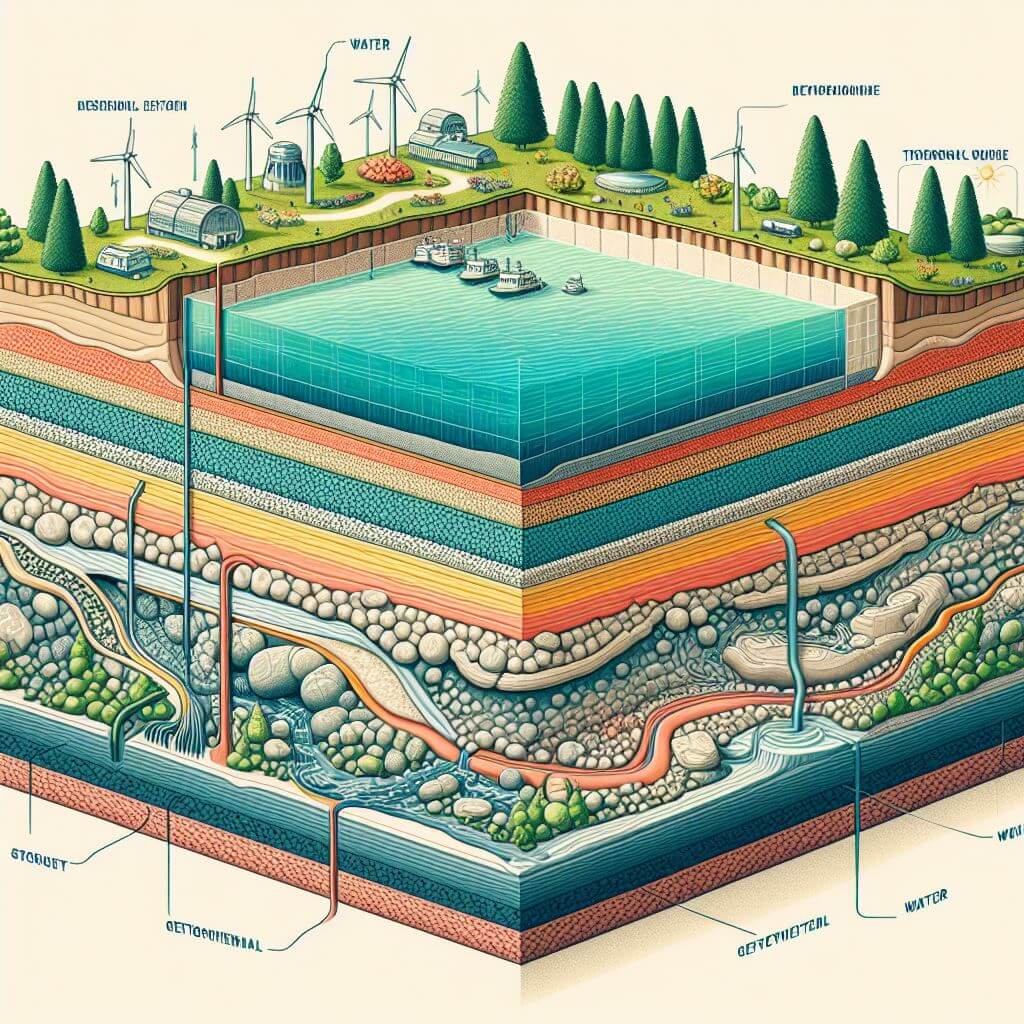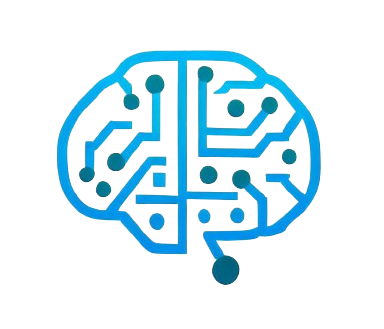As the global community intensifies its efforts to move away from oil and coal, researchers are on the trail of alternative energy sources with minimal carbon footprints. A team of scientists has recently created an advanced artificial intelligence program to scout the planet’s surface for signs of underground hydrogen gas accumulations.
 Using this sophisticated AI, the research team pinpointed potential sites of spherical or half-moon-shaped indentations on the Earth’s surface. These formations often indicate the presence of natural “green hydrogen” reserves. While these geographic clues can emerge in lower-lying regions, they’re sometimes obscured by farming activities or natural flora. Surprising new findings have emerged across nations such as the United States, Mali, Namibia, Brazil, France, and Russia, revealing that these formations are more common than once believed.
Using this sophisticated AI, the research team pinpointed potential sites of spherical or half-moon-shaped indentations on the Earth’s surface. These formations often indicate the presence of natural “green hydrogen” reserves. While these geographic clues can emerge in lower-lying regions, they’re sometimes obscured by farming activities or natural flora. Surprising new findings have emerged across nations such as the United States, Mali, Namibia, Brazil, France, and Russia, revealing that these formations are more common than once believed.
In an effort to detect these subtle terrestrial features, two studies have outlined the approaches of Sam Herreid and Saurabh Kaushik, both researchers at the Byrd Polar and Climate Research Center of Ohio State University. They paired their AI model with worldwide satellite images to locate these distinct ground depressions.
Their group meticulously gathered a database of existing depression sites to educate their AI on how to scan the Earth. They leveraged aerial survey data to understand the appearance of these sites from space, then applied knowledge of landforms and reflectance patterns to predict locations with potential hydrogen-related depressions.
The findings reveal artificial intelligence’s prowess in mapping locations that may harbor underground hydrogen stores and setting a starting point for future research at proposed hydrogen-rich locations. These findings were recently showcased in poster sessions at the American Geophysical Union’s yearly gathering.
Hydrogen has long been recognized for its promise as an exceptionally pure and potent energy source. With the shift towards greener energy solutions, the spotlight on natural hydrogen sources has grown immensely, stated Joachim Moortgat, lead of the research project and Earth Sciences associate professor at Ohio State University.
“Hydrogen is an appealing energy choice,” Moortgat declared. “Its combustion results in water, and different from wind or solar options, hydrogen’s storage and mobility make it attractive for diverse sectors aiming for energy transition.” Continuous natural production of “green hydrogen” within the Earth suggests a nearly emission-free energy option that might revolutionize energy consumption worldwide. Still, pinpointed hydrogen exploration necessitates novel technology, according to Moortgat. One challenge is their occurrence in geological settings distinct from conventional hydrocarbon deposits. “Our AI developments are designed to map out all potential depression sites,” he explained.
Modern remote sensing can refine the search, real hydrogen sources can still be mistaken for unrelated circular terrain features, such as water bodies, golf links, or agricultural designs. As countries hasten their search for hydrogen energy sources, innovative methods for tapping into this energy are emerging, Herreid mentioned. Herreid, a climatologist familiar with applying AI for glacier climate change studies, finds the work an active contribution towards addressing the environmental crisis. “Being part of an advancing project is incredibly stimulating,” he remarked.
In Europe, efforts are well underway to leverage their green hydrogen reserves. Similarly, in the United States, recent legislation focuses on broadening the clean energy industry. Though the sector is evolving swiftly, it will still be some years before naturally occurring hydrogen reservoirs can be mainstreamed as a dependable clean energy source. Researchers now face the task of deepening our comprehension of these hydrogen ecosystems, said Moortgat. “The substantial hurdle ahead is to identify more of these depressions and to delve into their formation processes,” he stated. “With more discoveries, we can employ AI once more to locate analogous formations across the globe.”
